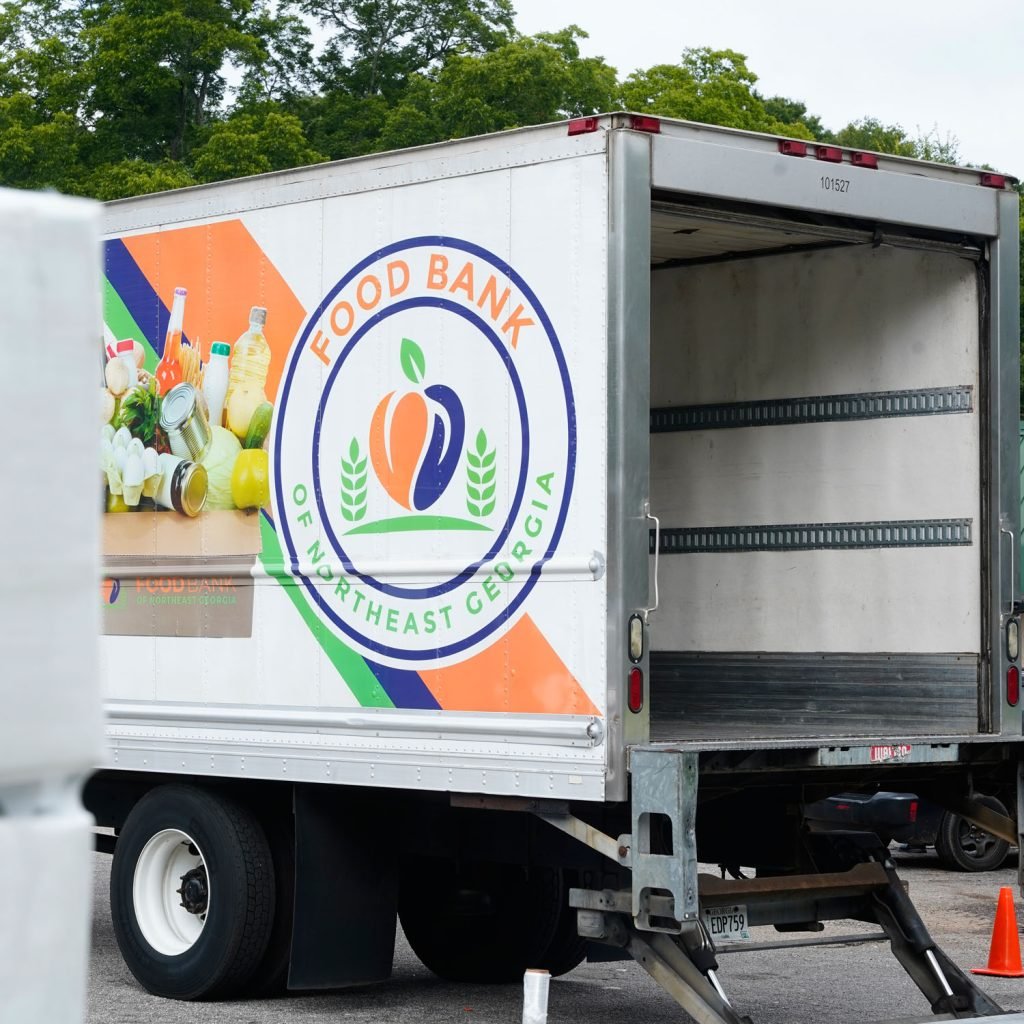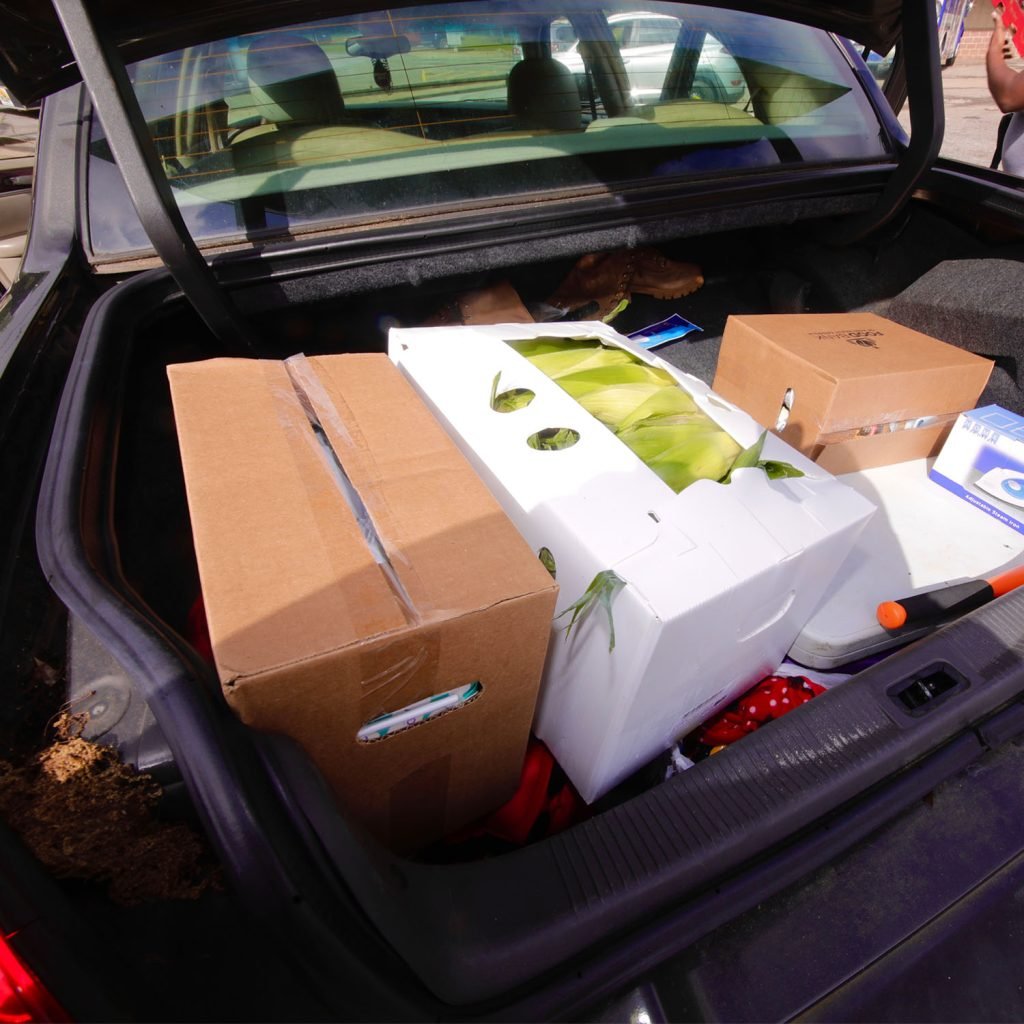Seeing the Other Side of Athens: Fighting Hunger One Neighborhood at a Time
When people think of Athens, Georgia, they often picture a vibrant college town—home to the University of Georgia, bustling with popular restaurants and a strong sense of community. But just beyond the well-known downtown streets, there’s another side of Athens that too often goes unseen.
“Just because this is UGA and we have a bunch of restaurants that are nationally and internationally known, doesn’t mean we’re not a food desert,” says Rashe Malcolm, owner of Rashe’s Cuisine and founder of Farm to Neighborhood, a nonprofit dedicated to addressing food insecurity in low-income areas of Athens.
Hunger Hiding in Plain Sight
Food insecurity is a national crisis, affecting 18 million households across the country1. Right here in Athens, nearly one in six residents face food insecurity, according to an annual food insecurity estimate conducted by Feeding America, last released in 20212. That means many families don’t live close to a grocery store with fresh, affordable food—and often face difficult choices between paying bills and buying groceries.
In 2019, 16.3% of Athens residents were food insecure, a number that rose to an estimated 17.9% during the COVID-19 pandemic.3 For families living at or below the poverty line (which includes more than a quarter of the city’s population), even a basic meal—costing $3.11 on average—can feel out of reach.4

Meeting People Where They Are
As a meal distribution hub, the organization brings nutritious, affordable food directly into neighborhoods that need it most. Every Friday at 9 a.m., Farm to Neighborhood hosts community food distributions with support from the Food Bank of Northeast Georgia. Residents can stop by 585 Vine Street to pick up handheld bags of produce, or visit the drive-through distribution site at 835 Sunset Drive for fresh produce and pantry staples—no questions asked.
“We’re here to alleviate that economic barrier,” says Malcolm. “This is our opportunity to get affordable fruits and vegetables in front of low-income folks—something they can actually afford.”
The initiative isn’t just about providing food—it’s about empowering communities. Each visit includes conversations, cooking guidance, and health-focused education, helping people make the most of the fresh foods they receive.

Redefining What a Food Desert Looks Like
For Malcolm, part of the work is also changing how people think about hunger in a town like Athens.
“We go into low-income areas that don’t automatically have the accessibility of fresh fruits and vegetables, or even a grocery store,” she explains. “Because this is Athens and we have all these wonderful places, people assume we couldn’t be a food desert—but they don’t understand the true definition of what that means.”
By shining a light on these invisible struggles, Farm to Neighborhood reminds us that community isn’t just about proximity—it’s about showing up for one another. It’s about recognizing who’s being left out and doing something about it.
Donate Today to support the mission.
References:
- USDA Economic Research Service. (n.d.). Key Statistics & Graphics on Food Security in the U.S.
U.S. Department of Agriculture - Feeding America. (2021). Map the Meal Gap: Clarke County, Georgia.
Feeding America Research - USDA Economic Research Service. (n.d.). Interactive Charts and Highlights: State Trends in Food Security.
U.S. Department of Agriculture - U.S. Census Bureau. (2019). QuickFacts: Clarke County, Georgia.
U.S. Department of Commerce
This article was updated and adapted from a Grady Newsource feature of Farm to Neighborhood.
Tags: Food insecurity, Food deserts, Athens GA, Community meals, Healthy food access, Mobile market, Local nonprofit, Hunger relief, Rashe Malcolm, Farm to Neighborhood, Hunger, Food Bank, Produce, Distribution

